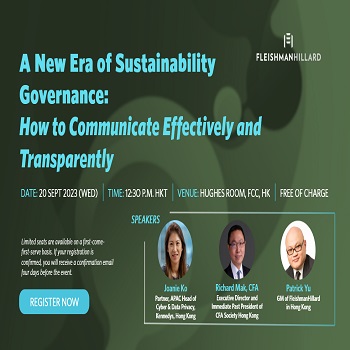StartmeupHK Festival 2019 - Day 4 Highlights Part 2
Connected Cities Conference Highlights ‘People’ Factor for Smart City Development
GBA a 70m population game changer; 15-minute living circles to tackle ageing population in Shanghai; HK government to double R&D investment to 1.5% of GDP
Positive influences on lifestyle, environment and the cities we live resonate deeply, simply because they touch everyone, hence the very high level of interest in smart cities at this year’s StartmeupHK Festival.
Collaboration is essential for building a robust ecosystem of smart cities. People, the city dwellers, should be the driving force behind the public-private partnership model for smart city development. That was a key message for the day.
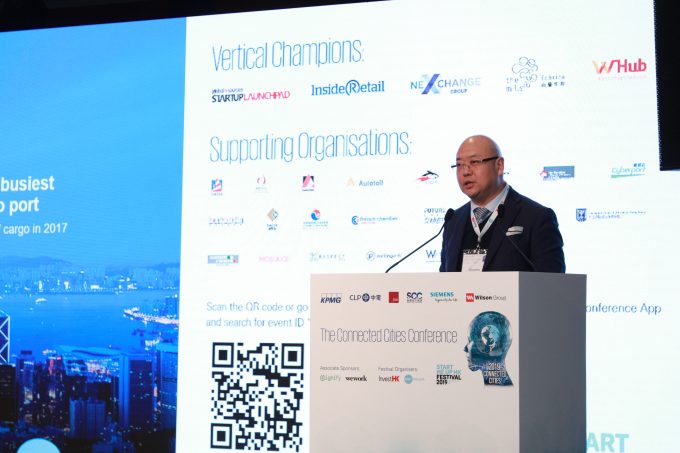
Charles Ng, Associate Director-General of Investment Promotion at Invest Hong Kong, said in his opening remarks at The Connected Cities Conference on Day 4 of StartmeupHK Festival 2019, pointed to lots of city dwellers. The Greater Bay Area is going to be a game changer, he said. It boasts a 70 million population, an economy rivaling that of Australia, and cities within an hour’s drive of each other.
Hong Kong will play a key role in the Greater Bay Area, he added. The city boasts 149,000 high net-worth individuals, outstripping New York, making it a place where funds for investment are more readily available. As well, Hong Kong has a robust startup ecosystem that has grown dramatically multifold from around 200 startups five years ago to 2,625 startup companies today – with six homegrown unicorns, and another two in the pipeline.
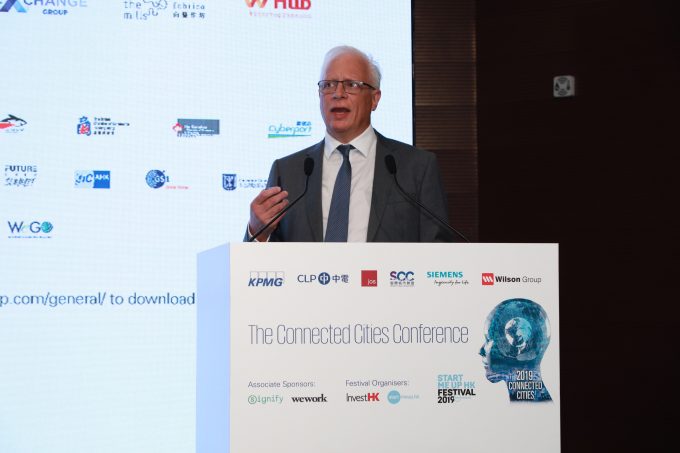
The Connected Cities Conference, hosted by KPMG, saw the release of the firm’s new and wide-ranging The Connected Cities Report. Julian Vella, ASPAC Regional Head, Global Infrastructure Advisory, KPMG China, said: “People don’t just want a connected city, they want a city that serves them well.”

His view was echoed by Lee Kyong-yul, Secretary General, The Smart Sustainable Cities Organisation (WeGO), Seoul, who said that people build smart cities because they are “smart,” and also because they “want to be happy and get happier.”
Living in a smart and sustainable city – Singapore
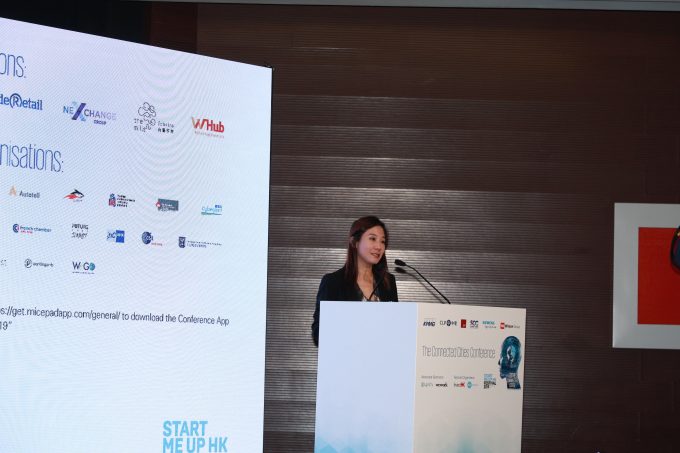
Dr. Limin Hee, Director – Centre for Liveable Cities, Singapore, explained how Singapore uses technology solutions to address challenges arising from land constraints, ageing population and climate change. Artificial intelligence, robotics, big data and other digital tools are used to gather data to deliver smart solutions to various aspects of everyday life, she said. For example, real-time data collected from sensors in housing estates help predict maintenance needs and shed light on longer-term planning.
The Singaporean government uses apps to be closer to its citizens and cater to their needs. For example, they aim to roll out an alert system in housing estates to monitor the safety of elderly people living alone. They also use the data gathered to plan ahead for an integrated community where adjustments are made for the elderly, including the creation of ‘silver zones’ on wider roads where the green man signals at crossings flash for longer.
The critical role of government
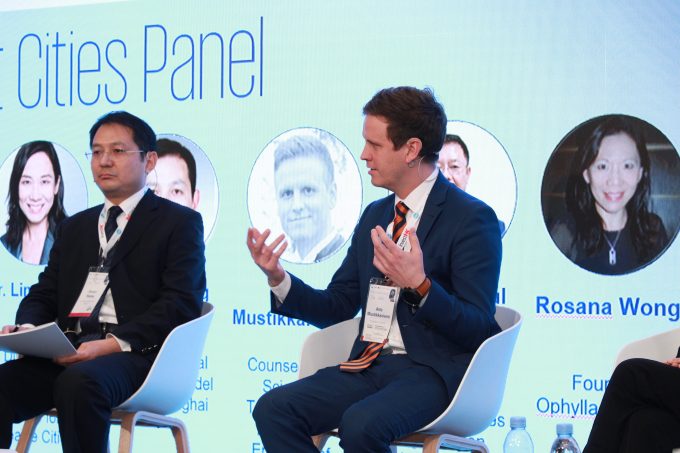
On a Smart Cities panel that followed, Arto Mustikkaniemi, Counsellor of Science, Technology & Innovation – Embassy of Finland, said cities should provide open data so that companies can develop solutions.
WeGO’s Mr. Lee noted that communication between the Seoul government and its people is very much digital, tech-based. He said its government platforms receive a whopping 25,000 online complaints every day. A smart city is where citizens are engaged, well-connected and integrated in order to live together, and solve problems together, he added.
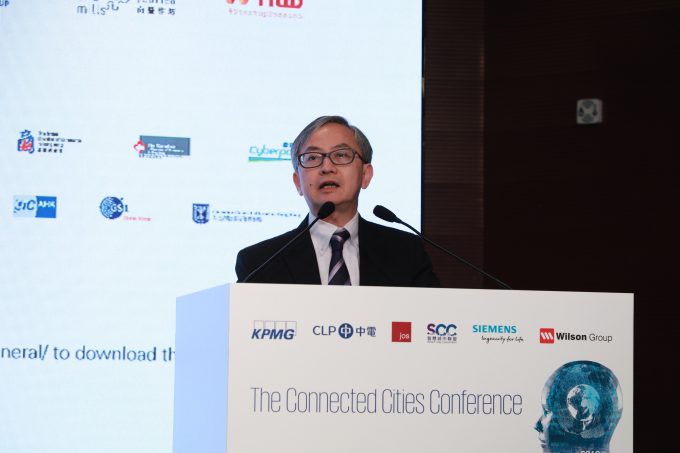
Dr. David Chung, Under Secretary for Innovation and Technology, Hong Kong SAR, stressed that the city needs a smarter workforce in order to become a smarter city. The government is working on many fronts in order to achieve this: it aims to double its contribution into R&D investment to 1.5% of GDP, and launch a talent scheme to bring the right talent into the industry. He also said that students must study mathematics and coding in primary schools, adding that the government is committed to advancing its technology infrastructure.
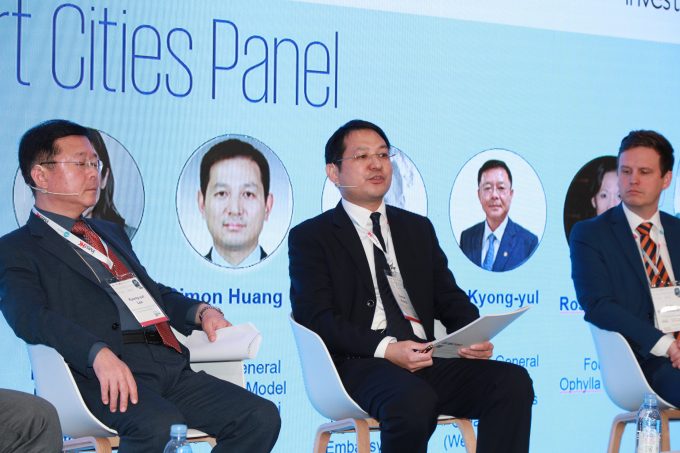
Simon Huang, Director-General, Asia Pacific Model e-Port, Shanghai, gave an update on how Shanghai is tackling the issue of ageing population through town-planning measures. By 2040, 40% of its population will be aged over 60. In order to create an elderly-friendly environment, the government is aiming to create 15-minute living circles where their residents can access all the services they need within minutes of walking distance.
Smart solutions for smart businesses

Companies are creating tailor-made, technology-enabled solutions for smart cities. Timothy Mak, General Manager, Signify, shared how the company made use of its sensors and big data technology to address specific issues for global cities. In the U.S., for example, it installed sensors inside lamp posts whereby the sound of gunshots would switch on the lights and alert the police.
In China, where the major concern is air pollution, Signify has partnered with Alibaba to put sensors in lamp posts to collect air pollution data. The information is then sent to the government, which can advise people to stay indoors if the pollution reaches a particular level.

Leo Chiu, Partner, Spike Ventures, shared examples of technology innovations for the business world. For the automobile industry, it has created simulators that predict when a car component may fail, and the lifespan of a vehicle. For the real estate industry, it applies blockchain technology to manage the relationship between landlords and tenants, and smart property management technology where smart contracts are used to monitor tenant-landlord interactions to minimise bad behaviour.
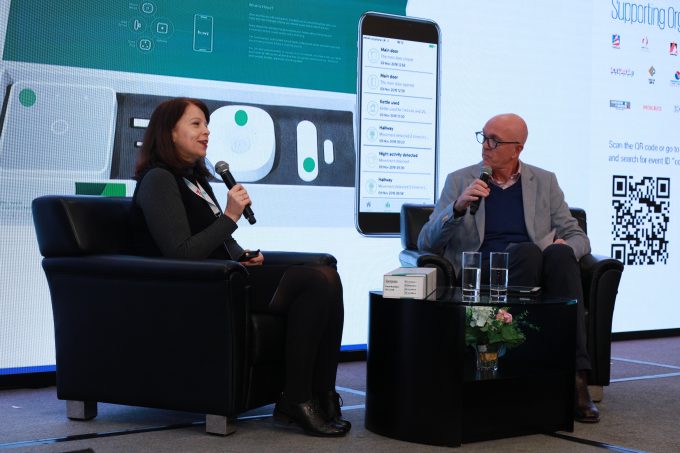
In the fireside chat that followed the panel, Austin R. Bryan, Senior Director, Innovation, CLP Holdings, said corporates need to work with intelligent startups that provide innovation and dynamism. In return, corporates can bring solutions to market quickly, getting startups in front of the right people and provide a credible brand name for the new technology.
Louise Rogerson, COO, Howz, said the company is working with corporate clients to help tackle the issue of ageing population. By deploying sensor technology, Howz is gathering data to learn about daily routine of elderly people. It will use analytics to detect any change in that routine, thus alerting relevant parties of potential issues, thereby providing reassurance for the elderly and their families.
The future of work – integrating the world of work, play and connection
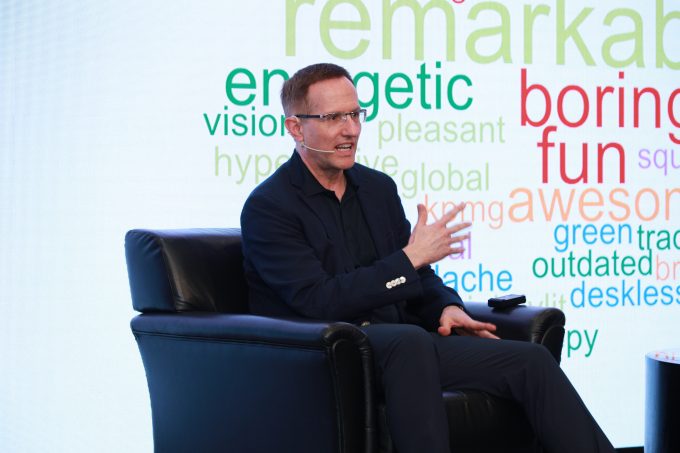
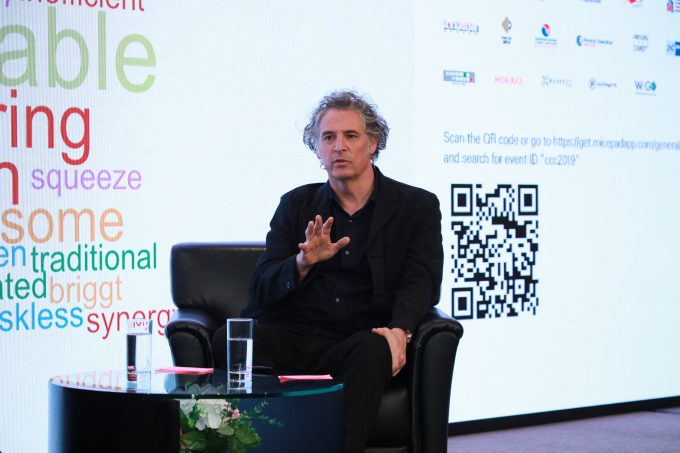
Business leaders need to join dots and bring together intelligence from across their companies, and form a broader ecosystem of their business in order to reinvent themselves, said Frank Rexach, VP, Powered by We – WeWork Asia Pacific, and Richard Kelly, Chief Catalyst, Fung Group.
Rexach said that there is no separation between work and life anymore. Instead, people are seeking play and connection at work. “When people are at home, they don’t switch off,” he said. “Organisations that collaborate with outside organisations bring diversity of thoughts and create communities that inspire.” He added that: “It’s not about making workspaces look cool – it’s about offering a great experience for a multi-generational workforce.”
Greater Bay Area – a catalyst and a massive commercial opportunity
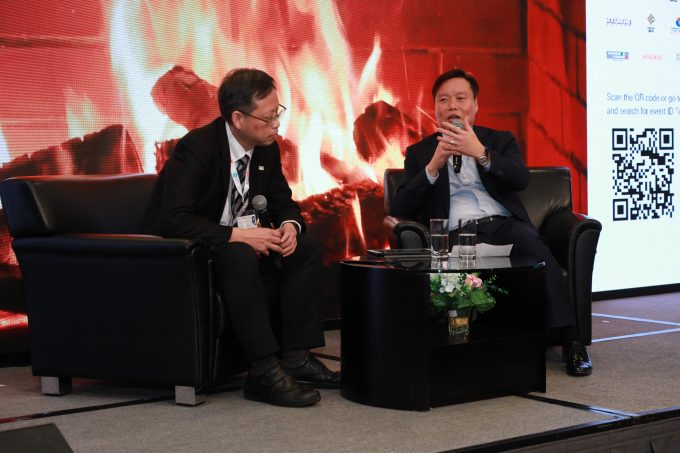
Technology is a key enabler, but people always come first, said Eric Chong, President & CEO of Siemens Hong Kong. He sees IoT as an opportunity. Hong Kong will be a great base for innovation, but the Greater Bay Area, with its 70 million population, is what provides a much-needed market for innovations in IoT. Looking ahead, Chong said it’s important to be mindful of the risks of potential privacy and security breaches while applying IoT at home and across the border.
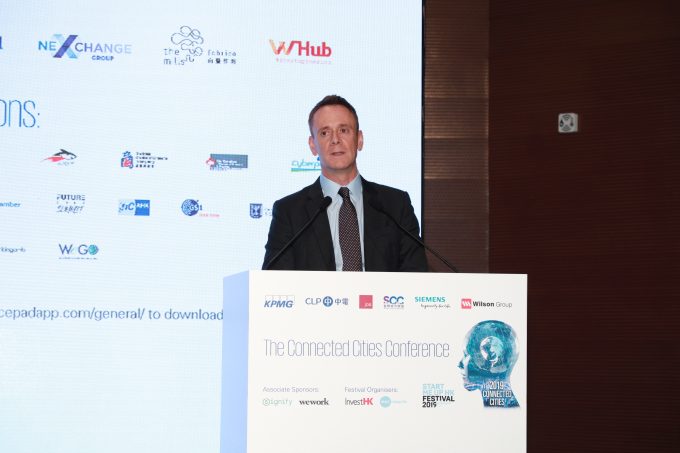
Ben Simpfendorfer, Founder & CEO, Silk Road Associates, said the Greater Bay Area offers a commercial opportunity of ‘historic scale’ that is set to change the value chain of various industries. Infrastructure is being built to make Chinese products more available to the rest of the world – for example, in Dongguan, a city traditionally known for cheap goods, 20 subway stations are being built by the local government. On the other hand, Chinese multinationals based in GBA, such as Huawei and Oppo, are winning business in more than 100 countries.
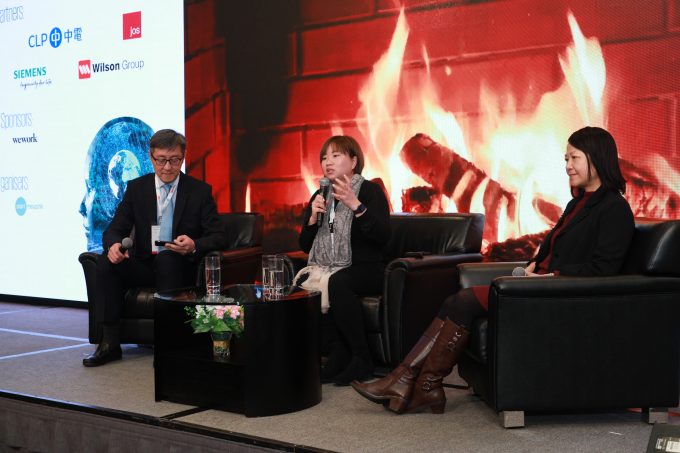
On how Hong Kong should fare as a smart city, Viola Lam, founder of Find Solution AI, said Hong Kong’s small size plays to its advantage in building a robust startup ecosystem. “As it is small, it offers opportunities to network and find funding, plus people have a global mindset,” she said. In Hong Kong, “people must dare to dream and keep a curious mind.”
